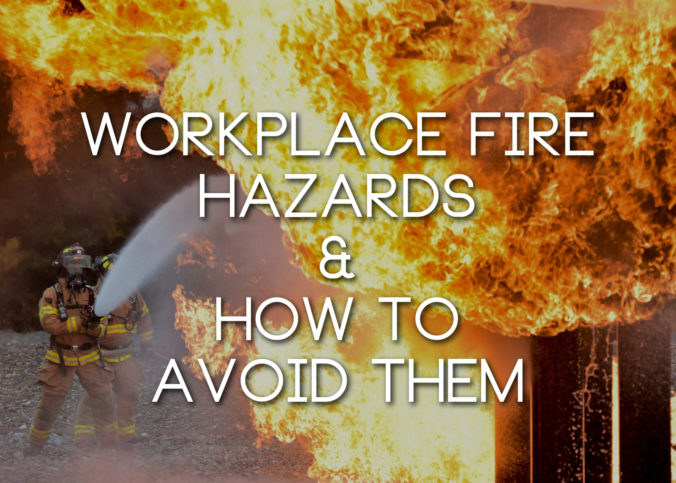Workplace Fire Hazards & How to Avoid Them
The U.S. Fire Administration reports that there were 1,345,500 fires throughout 2015, totaling 15,700 in injuries and a monetary loss of $14.3 billion. According to the Small Business Administration, as many as 30 percent of businesses that suffer a major disaster do not reopen afterwards. But how can you ensure that your business and your employees are safe from workplace fire hazards?
Prevention: Engaging in Proactive Maintenance and Protective Procedures
- Get a regular inspection to ensure that your electrical system is up to code. Annually, you should have your building inspected by the fire department — they complete these walkthrough inspections regularly, and will also check and recharge your fire extinguishers. If you’re moving into a new building, the electrical system should be one of the first things you check.
- Train your employees. Employees should know to avoid open flame; candles are major workplace fire hazards, as they are often left unattended and can re-ignite even if snuffed out. Employees should have regular fire drills and these fire drills should be taken seriously.
- Have fire extinguishers available. A fire extinguisher should be in every room of the building in a visible and accessible location. However, employees should be aware that they should never attempt to put out a fire at risk to themselves; it is better for them to let a large fire burn and evacuate than attempt to fight it. Fire extinguishers are best used as evacuation tools.
- Protect your assets. Physical documents should be kept in a fireproof safe. This includes things such as external hard drives or flash drives which could have important information on them. A significant portion of disaster recovery lies in data recovery, as many businesses are not able to function without their data.
- Make sure your fire detectors work. A malfunctioning fire detector is a major contributor to workplace fire hazards, as employees may not know until too late that a fire has occurred. Test your fire detectors annually.
- Consider a sprinkler system. If your building doesn’t already have a sprinkler system installed, installing one can make the business as a whole much safer. Sprinkler systems will make it easier for employees to get out of the building once a fire has started.
Reaction: Mitigating Damages and Responding Quickly
- Empower employees. Always have an employee on staff, such as a manager, who is expressly given the position of calling emergency services as soon as possible. Empowering an individual with this responsibility is the best way to avoid “bystander effect,” in which all employees assume someone else has called.
- Evacuate completely. Encourage employees to evacuate the building completely. Even if the fire damage appears minimal, employees should not attempt to go back in to look for other staff members or to try to get their things. A fire may still be smoldering out of sight.
You can’t always eliminate workplace fire hazards, but you can reduce your risk through the above steps. Through a combination of preparedness and employee training, you can ensure that if a fire does occur, the damage is minimal.


